Cities are expanding faster than ever, but are they truly built for the people who live in them? Traffic congestion, inefficient public spaces, and outdated infrastructure often create more frustration than functionality. Traditional urban planning struggles to keep up with shifting demands, but a new approach is changing how cities evolve.
Parametric design, powered by data and computational modeling, is redefining the way urban spaces function. From self-adjusting transportation grids to climate-responsive buildings, this technology-driven method is helping architects and planners create cities that adapt in real time. Imagine streets that ease congestion before gridlock happens, public spaces that adjust to crowd flow, and energy-efficient buildings that respond to their environment. This is not just a concept—it’s already happening.
How is parametric design shaping the future of smart cities, and what does this mean for the way we live and move through urban spaces? Let’s take a closer look at how technology is turning city planning into a dynamic, responsive process.
Enhancing Sustainability in Urban Development
Sustainability is a major consideration in modern urban planning, and parametric design provides solutions that minimize environmental impact. By analyzing climate data, energy consumption, and material efficiency, architects can create buildings that reduce energy waste while maximizing natural resources.
Green roofs, optimized facades, and intelligent shading systems are just a few ways parametric techniques contribute to sustainable cities. These elements respond to local conditions, adjusting to sunlight, wind patterns, and temperature fluctuations. Material selection also benefits from parametric analysis, making sure that structures are both durable and resource-efficient
Public infrastructure also benefits from this approach. Walkways, bike lanes, and green spaces can be strategically placed based on movement patterns, making cities more walkable and accessible. The ability to test different configurations through computational modeling makes sure that urban spaces support environmental goals while enhancing functionality.
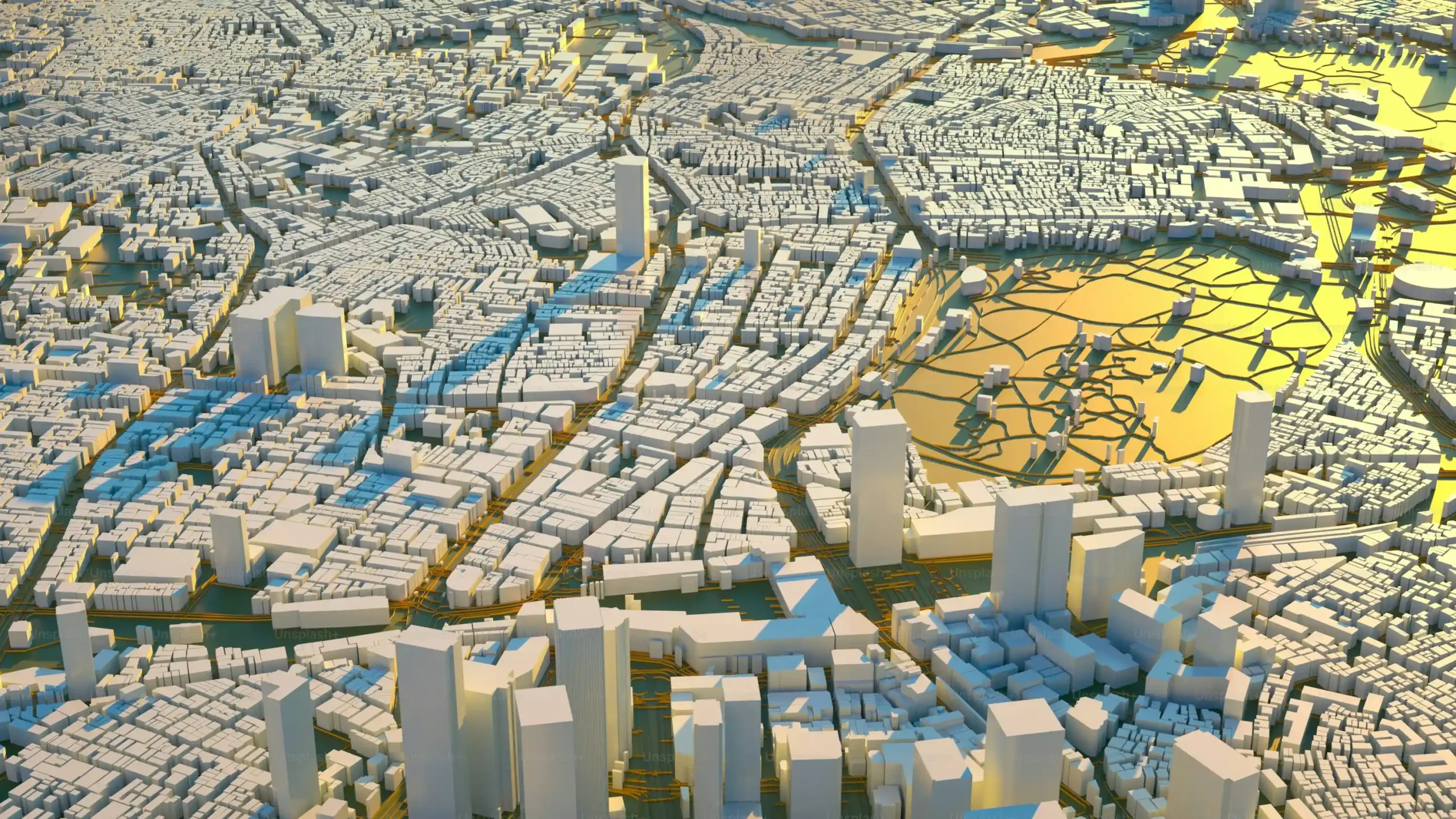
Smarter Transportation Networks
Efficient mobility is a critical aspect of urban planning, and parametric design is reshaping transportation infrastructure. Traffic congestion, public transit efficiency, and pedestrian movement can all be optimized through data-driven analysis.
One application is the design of adaptive road systems that adjust based on traffic flow. Parametric algorithms can analyze congestion patterns and propose road layouts that improve circulation. Similarly, public transportation hubs can be structured to enhance connectivity, making sure that commuters have smooth transitions between different modes of travel.
Pedestrian-friendly environments are another key focus. Public squares, walking paths, and transit stations can be designed with movement patterns in mind, creating spaces that are both practical and aesthetically pleasing. This not only improves the user experience but also reduces reliance on cars, promoting sustainable transportation solutions.
The Role of Digital Wayfinding
As cities expand, navigation within urban environments becomes increasingly important. Digital wayfinding systems, informed by parametric design, are improving how people interact with public spaces. By analyzing pedestrian behavior and movement patterns, architects can place directional elements in strategic locations.
Metal signs play a role in these systems by providing durable and easily recognizable markers for both residents and visitors. Whether guiding individuals through transportation hubs or marking key landmarks, these elements contribute to a seamless urban experience. The integration of digital elements, such as interactive kiosks and smart signage, enhances accessibility while keeping cities organized.
Public Spaces That Adapt to Community Needs
Public plazas, parks, and gathering spaces are essential for fostering a sense of community within urban environments. Parametric design allows these areas to be shaped by data, ensuring they remain functional and inviting over time.
By using real-time analysis of how people use public spaces, planners can adjust seating arrangements, green areas, and recreational features. Dynamic elements such as retractable canopies, modular seating, and adjustable lighting can be incorporated to accommodate different activities throughout the day. This adaptability makes public areas more engaging while encouraging community interaction.
Cultural landmarks and public art installations also benefit from parametric methods. Sculptures, facades, and interactive displays can be generated using algorithmic design, resulting in visually striking elements that reflect the identity of a city. Metal signs for these designs are one way to go they serve both aesthetic and functional purposes by providing historical context or directional guidance.
The Future of Parametric Urban Planning
As technology continues to advance, the role of parametric design in city planning will expand further. The integration of artificial intelligence, real-time data collection, and automated construction methods will refine how cities evolve.

One emerging trend is the use of digital twins—virtual models that replicate real-world urban environments. These models allow planners to test different scenarios, predict urban growth patterns, and make informed decisions based on real-time simulations. From optimizing energy grids to designing pedestrian-friendly districts, digital twins provide insights that traditional planning methods cannot match.
Another advancement is the growing use of responsive architecture. Buildings and infrastructure will increasingly adapt to environmental changes, user preferences, and city-wide developments. Facades that change based on weather conditions, self-healing materials, and modular urban furniture are just a few innovations that will define the future of urban spaces.
Creating Smarter, More Livable Cities
Parametric design is reshaping urban planning by integrating efficiency, sustainability, and adaptability into modern cities. By using computational tools, architects and planners can optimize everything from transportation networks to public spaces, making urban environments more responsive to human needs.
As smart cities continue to evolve, this design approach will remain essential for creating livable, functional, and visually compelling spaces. Whether enhancing sustainability, improving mobility, or refining public interaction, parametric design is leading the way toward a future where cities work in harmony with both technology and nature.
Shaping Tomorrow’s Cities with Smarter Design
The future of urban planning is here, and parametric design is leading the way. As cities grow, the need for adaptable, efficient, and sustainable spaces has never been greater. By leveraging computational tools, architects and planners can build smarter, more responsive environments that enhance daily life.
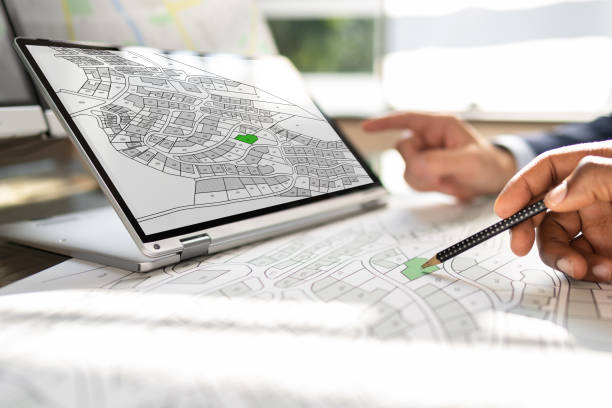
Want to stay ahead in the evolution of city design? Read the latest innovations, insights, and projects at Parametric Architecture. Stay informed, get inspired, and be part of the movement shaping the cities of tomorrow.






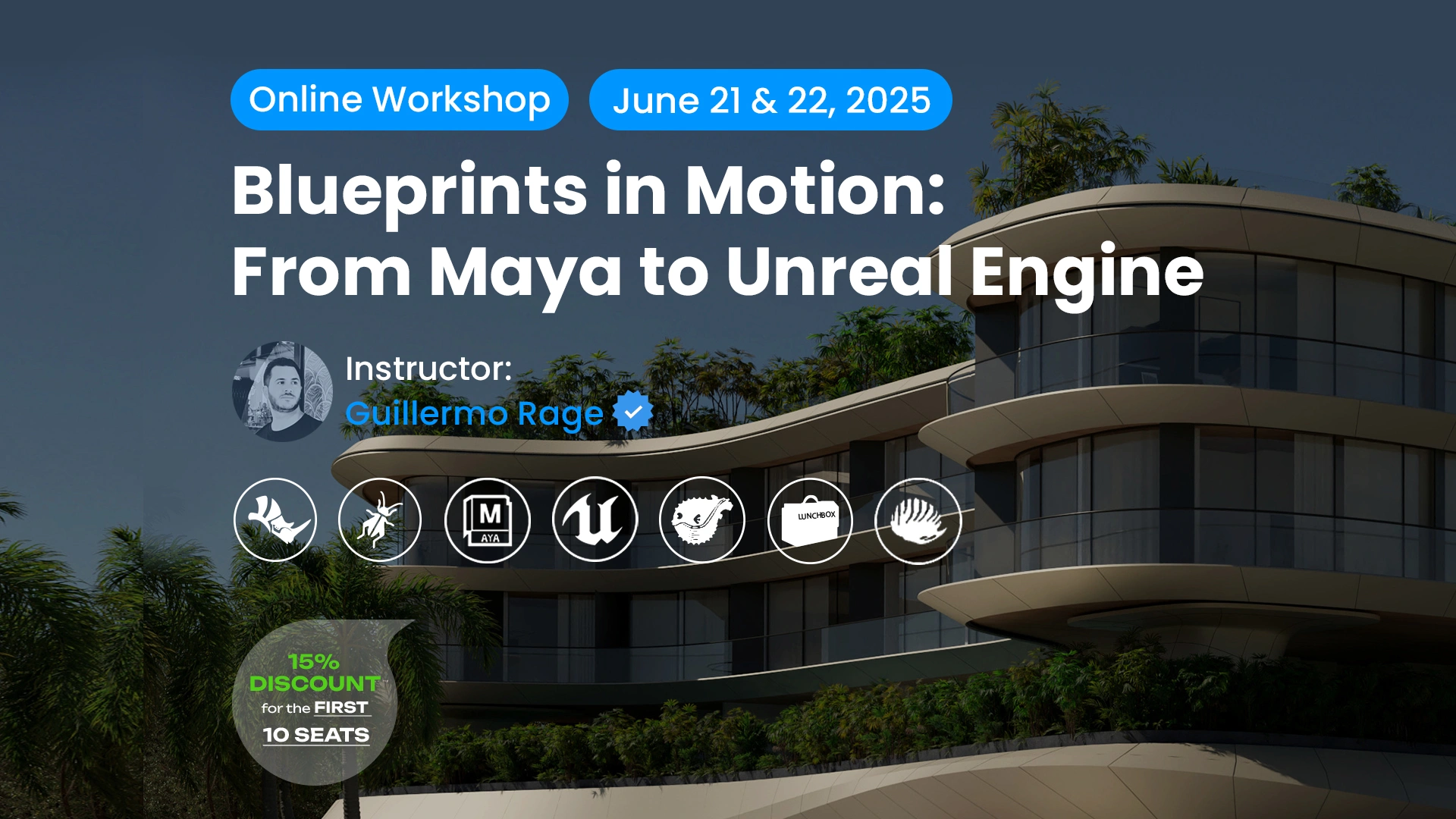



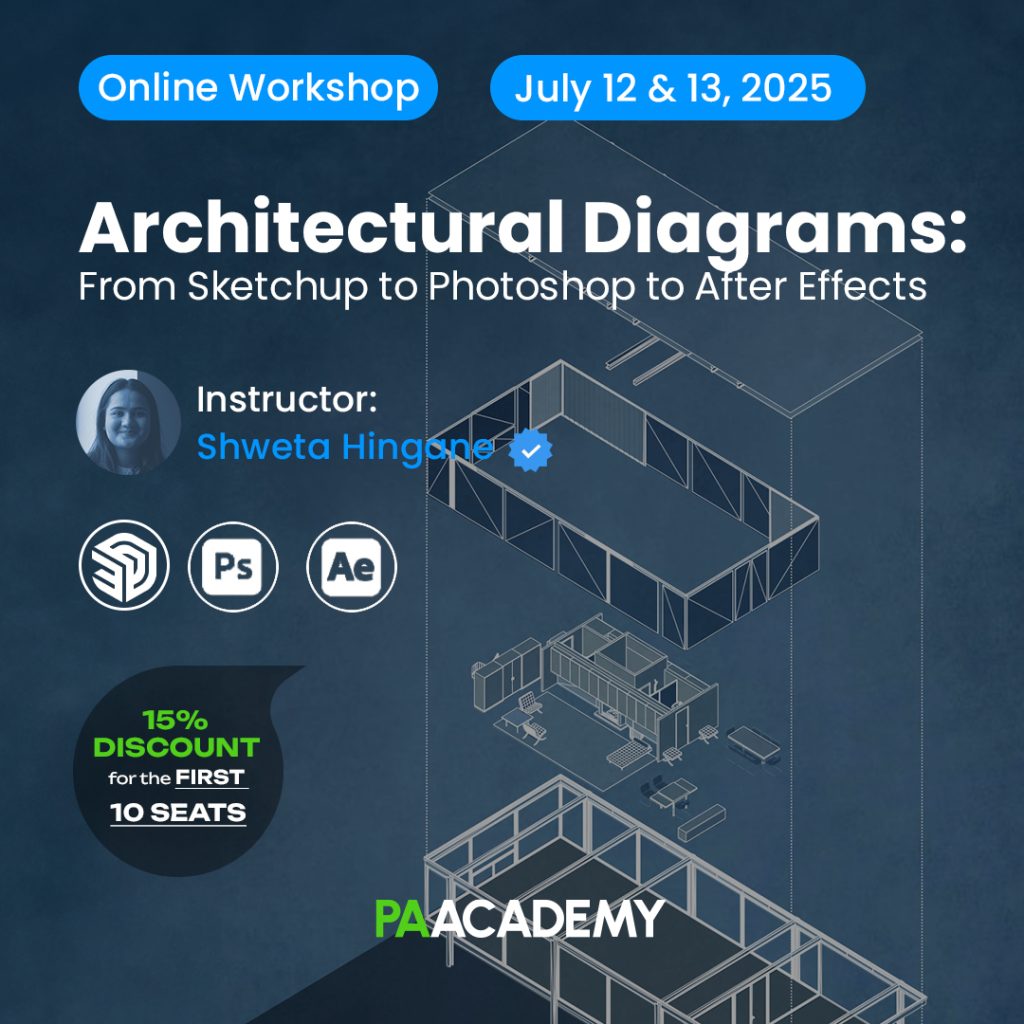
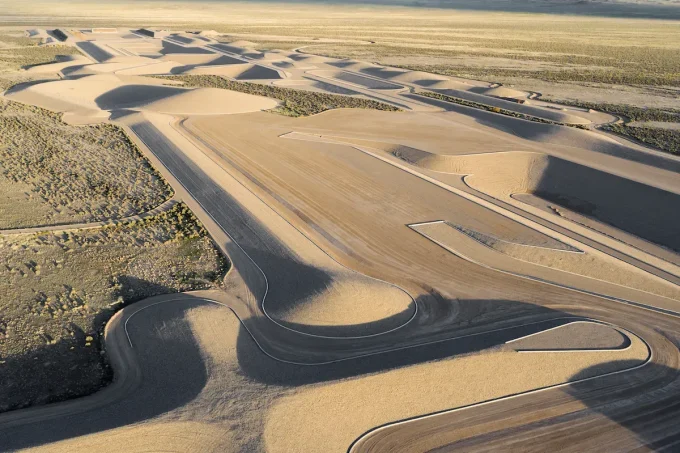







Leave a comment